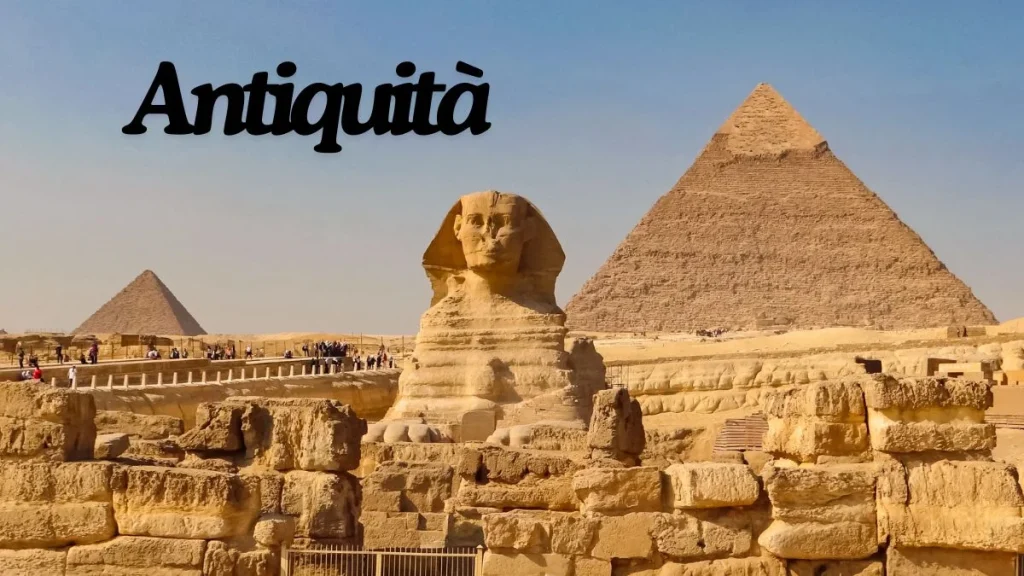Antiquità refers to artifacts, architectural details, decorative objects, and furnishings originating in classical antiquity, typically from ancient Greece, Rome, and Egypt. These historical relics are admired for their beauty, skilled craftsmanship, and embodiment of cultural values from millennia past. In this article, we explore the significance, variety, and enduring allure of antiquità.
What is Antiquità?
Antiquità encompasses a vast array of items used in both public and private life during antiquity. Statues, busts, stelae, friezes, mosaics, vases, metals, jewelry, woodworks, textiles, coins, tools, and weapons are just some of the artifacts still extant today. These items are more than mere objects; they are windows into the lives, beliefs, and achievements of ancient civilizations.
The Artistic and Historical Significance of Antiquità
Artifacts from classical antiquity are valued for:
- Artistic Excellence: The craftsmanship of ancient artisans is renowned for its precision, symmetry, and attention to detail.
- Cultural Insight: Each piece reflects the societal values, myths, and practices of its time.
- Historical Record: Antiquità offers tangible evidence of historical events, technological advancements, and daily life.
Key Categories of Antiquità
- Sculpture
- Statues and busts depicting gods, rulers, and notable figures.
- Reliefs and friezes portraying mythological or historical scenes.
- Pottery and Ceramics
- Vases, amphorae, and other vessels used for storage, transport, and rituals.
- Mosaics featuring intricate designs and storytelling elements.
- Jewelry and Metals
- Gold, silver, and bronze pieces showcasing advanced metallurgical techniques.
- Tools, weapons, and coins reflecting the economic and military aspects of ancient societies.
- Architectural Elements
- Columns, capitals, and pediments from temples and public buildings.
- Decorative objects like mosaics and frescoes that adorned walls and floors.
- Textiles and Woodworks
- Rare surviving examples of ancient clothing, tapestries, and furniture.
Preservation and Collection
Many antiquità are housed in museums, private collections, and archaeological sites worldwide. Institutions like the British Museum, the Louvre, and the Metropolitan Museum of Art are renowned for their extensive collections of classical artifacts.
Challenges in Preservation
- Environmental Factors: Exposure to light, humidity, and pollution can deteriorate artifacts over time.
- Looting and Illicit Trade: Antiquità are often targeted by smugglers and black-market dealers.
- Restoration: Balancing preservation with maintaining the authenticity of artifacts remains a delicate task.
Antioquia and Its Connection to Antiquità
Interestingly, while Antioquia is primarily known as a department in northwest Colombia with its vibrant city of Medellín, it also shares a thematic link with antiquità through its historical significance. Antioquia’s colonial architecture, archaeological sites, and cultural artifacts provide a modern parallel to the classical relics of antiquity. Both showcase the enduring legacy of human creativity and ingenuity.
Why Does Antiquità Matter Today?
Antiquità continues to inspire:
- Art and Design: Classical motifs and techniques influence contemporary art, architecture, and fashion.
- Education: Artifacts provide invaluable resources for studying history, culture, and technology.
- Cultural Identity: They connect us to our shared human heritage, fostering a sense of continuity and belonging.
FAQs About Antiquità
Q1: Where can I view authentic antiquità?
You can view authentic antiquità in major museums worldwide, such as the British Museum, the Louvre, and the Vatican Museums.
Q2: How are antiquità authenticated?
Experts use techniques like radiocarbon dating, material analysis, and provenance research to verify authenticity.
Q3: Can antiquità be purchased legally?
Yes, but only through reputable dealers and auctions. Buyers should ensure the items have proper documentation and are not looted or illegally traded.
Q4: What materials are most commonly found in antiquità?
Common materials include marble, bronze, gold, terracotta, and glass.
Q5: Are there modern uses for antiquità designs?
Yes, classical designs are offten replicated in modern architecture, interior design, and jewelry.
Conclusion
Antiquità offers a timeless connection to the past, celebrating the artistry and cultural achievements of ancient civilizations. Whether admired in museums, studied for academic purposes, or incorporated into modern designs, these artifacts continue to captivate and inspire. Exploring antiquità is not just a journey into history but also a celebration of humanity’s enduring quest for beauty and meaning.

